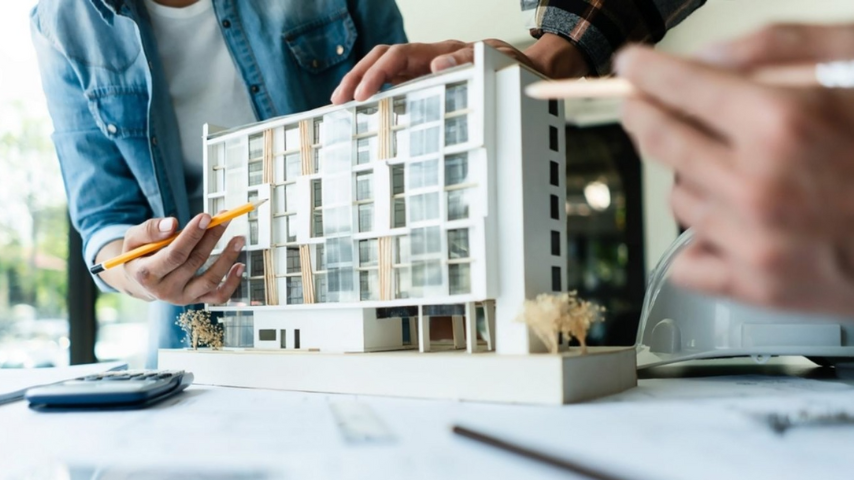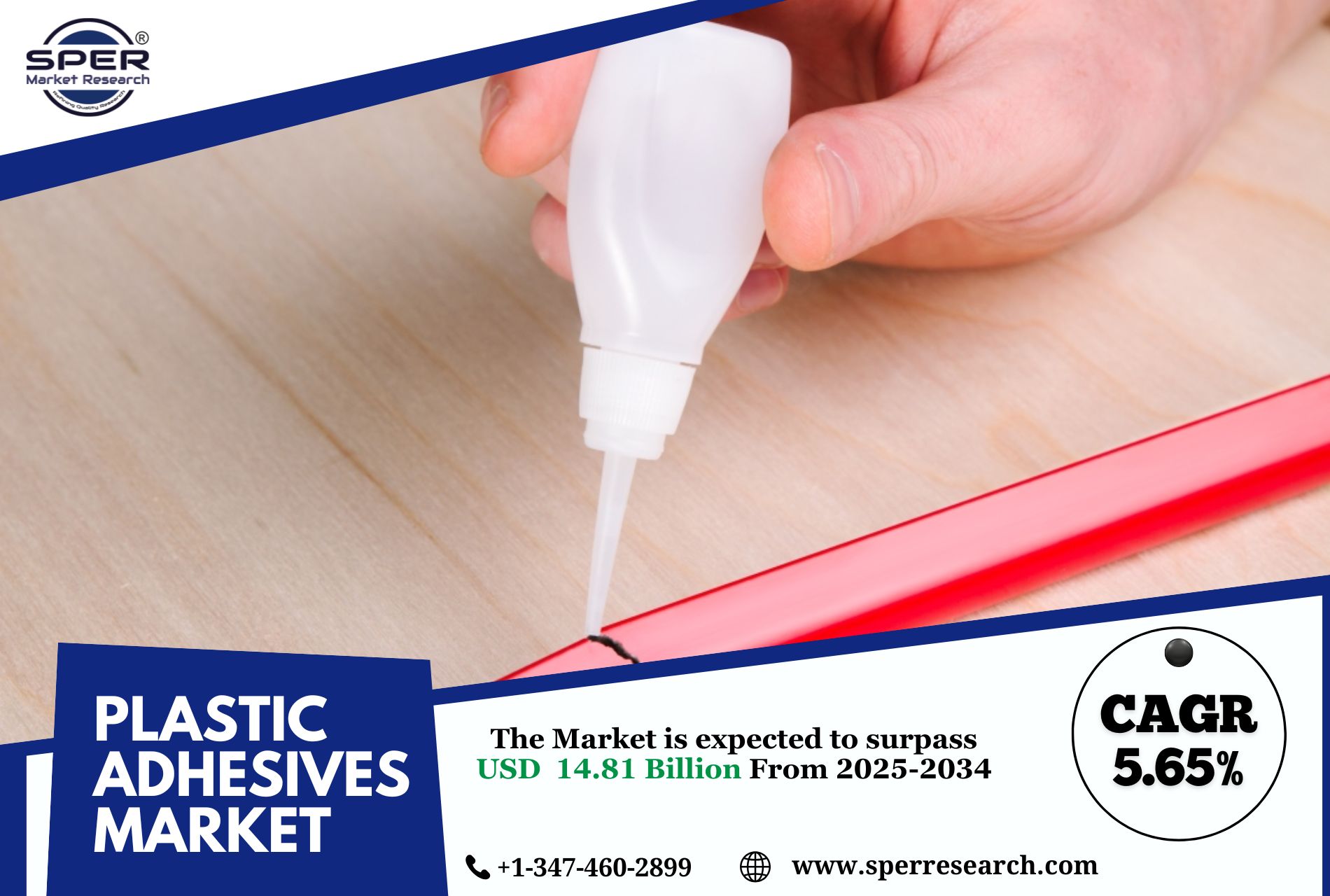Dubai’s architecture and real estate industries rely on large-scale models to visualize ambitious projects. These models help developers, investors, and city planners understand complex designs.
However, creating large-scale models comes with unique challenges. From material limitations to high production costs, several factors impact the process.
1. High Production Costs
Large-scale model making Dubai requires high-quality materials and skilled labor. The cost of advanced 3D printing, laser cutting, and handcrafting is significant. Customization, intricate detailing, and the need for premium finishes further increase expenses.
2. Material Limitations and Availability
Finding the right materials for durability and aesthetic appeal is challenging. Some specialized materials may not be available locally, leading to higher import costs and longer wait times. The choice of material also affects the weight, transportability, and longevity of the model.
3. Time-Intensive Production Process
Large-scale models take weeks or even months to complete. Every detail, from landscaping to architectural elements, requires precision. Meeting tight deadlines while maintaining quality is a major challenge, especially for high-profile projects in Dubai.
4. Transport and Logistics Issues
Moving large models to exhibitions, real estate showrooms, or investor meetings is complex. They require special handling, protective packaging, and sometimes disassembly for transport. Any damage during transit can delay project timelines and increase costs.
5. Space Constraints for Assembly and Display
Large-scale models require significant workspace for assembly. Some architectural firms or model-making studios may struggle with space limitations. Additionally, real estate showrooms need ample display areas to accommodate large models without clutter.
6. Intricate Detailing and Accuracy
Dubai’s architecture features complex designs with intricate facades and futuristic elements. Achieving precise detailing at a large scale is difficult. Even minor inaccuracies can misrepresent the final project and mislead investors or stakeholders.
7. Balancing Aesthetic Appeal and Structural Strength
Large models must be visually stunning yet structurally stable. Using lightweight materials ensures easy transportation, but they may lack durability. On the other hand, heavy materials add strength but complicate handling and logistics. Finding the right balance is a key challenge.
8. Integration of Technology and Interactivity
Modern large-scale models often feature lighting, moving components, and digital screens for enhanced presentations. Integrating these elements requires expertise in electronics and programming. Malfunctions can reduce the model’s effectiveness and require costly repairs.
9. Environmental and Sustainability Concerns
Dubai is increasingly focusing on sustainability. Traditional model-making processes generate waste from plastic, wood, and foam materials. Developers and model makers must find eco-friendly alternatives that maintain quality while reducing environmental impact.
10. Changing Client Requirements
Large-scale models often undergo modifications based on client feedback. Redoing sections of the model is time-consuming and costly. Clear communication between developers and model makers is essential to minimize revisions and delays.
11. Challenges in Scaling Real-World Details
Replicating real-world textures, landscaping, and water features at a large scale is complex. Elements like trees, roads, and glass reflections must be realistically represented. Achieving this level of realism requires a combination of artistic skill and advanced fabrication techniques.
12. Adapting to Advancements in 3D Printing
3D printing has improved large-scale model making, but it comes with its own set of challenges. Printing time for large components can be extensive. Some intricate details may require post-processing, which adds to labor and material costs.
13. Maintenance and Longevity
Large-scale models are displayed for extended periods in exhibitions, sales centers, or public showcases. They must withstand dust, temperature changes, and handling. Regular maintenance is required to preserve their appearance and structural integrity.
14. Limited Skilled Workforce
Creating large-scale models requires expertise in architecture, engineering, and craftsmanship. Skilled professionals in model making are limited, and training new talent takes time. Finding experts who can handle both traditional and digital fabrication techniques is a challenge.
15. Meeting Dubai’s High Standards for Presentation
Dubai’s real estate market is highly competitive. Developers expect models to reflect luxury, precision, and innovation. This demand for perfection increases pressure on model makers to produce flawless results within tight deadlines.
16. Coordination Between Stakeholders
Large-scale models involve collaboration between architects, developers, investors, and city planners. Aligning different expectations and requirements can be challenging. Effective communication and coordination are essential for a smooth workflow.
17. Compliance With Legal and Technical Standards
Some models, especially for government and urban planning projects, must follow specific guidelines. Ensuring compliance with technical regulations adds another layer of complexity to the model-making process.
18. High Expectations for Customization and Personalization
Developers in Dubai often request customized models with unique branding elements. Adding personalized features like interior lighting, interactive touchscreens, or moving parts increases production complexity.
19. Budget Constraints for Large Developments
While developers want high-quality models, budget restrictions can limit the use of premium materials and advanced technologies. Striking a balance between cost-effectiveness and presentation quality is a key challenge.
20. The Future of Large-Scale Model Making in Dubai
Despite these challenges, advancements in 3D printing, digital modeling, and AI-driven fabrication are improving efficiency.
Future solutions may include modular model designs, sustainable materials, and smart interactive elements. As Dubai continues its architectural evolution, large-scale model making will remain an essential tool for visualization and marketing.
Conclusion
Large-scale model making in Dubai faces multiple challenges, from high costs and detailing issues to transportation and sustainability concerns.
However, with technological advancements and skilled craftsmanship, these obstacles can be overcome. Developers and model makers must work together to create visually striking, accurate, and durable models that support Dubai’s ambitious real estate and urban development projects.


